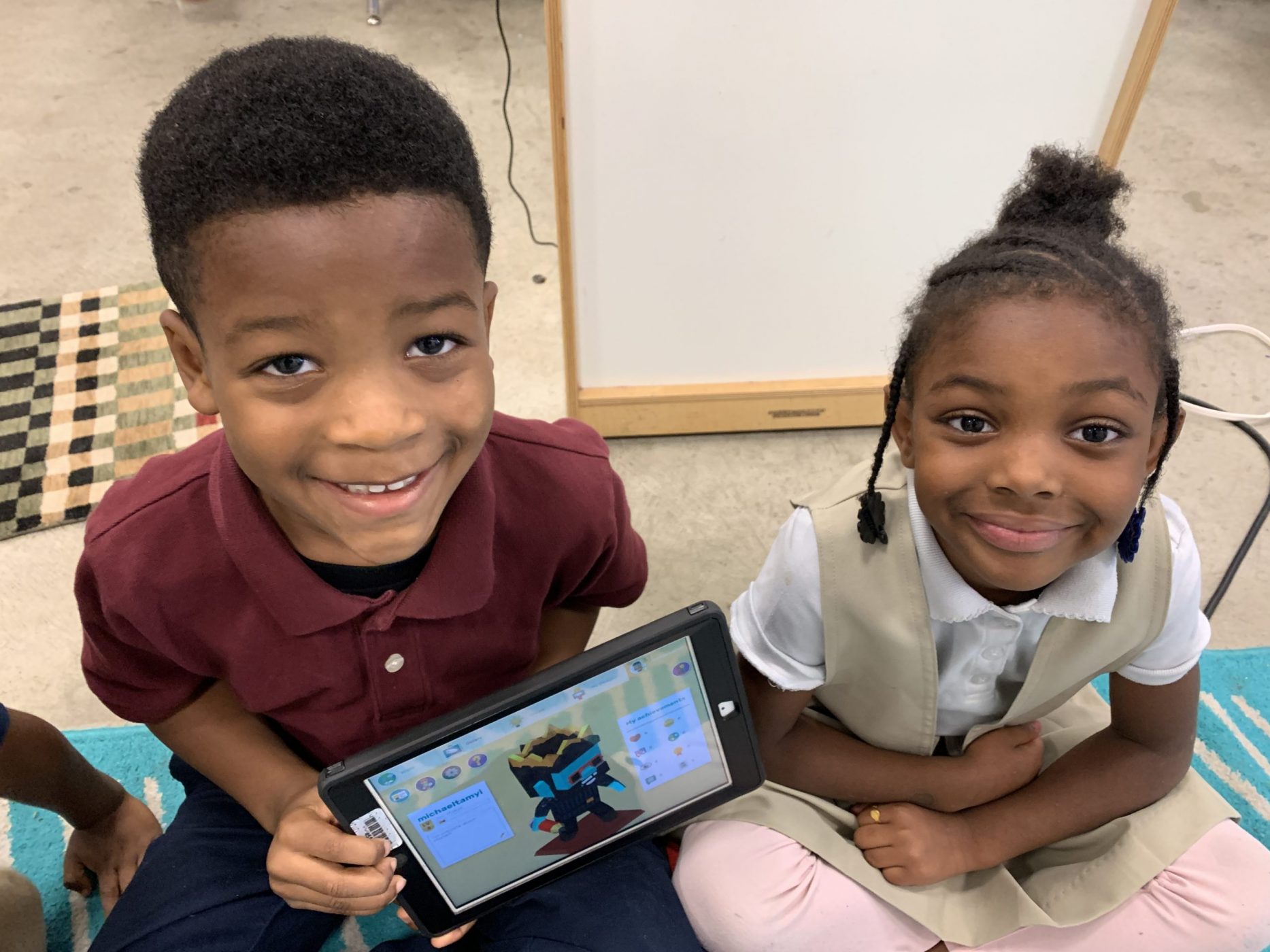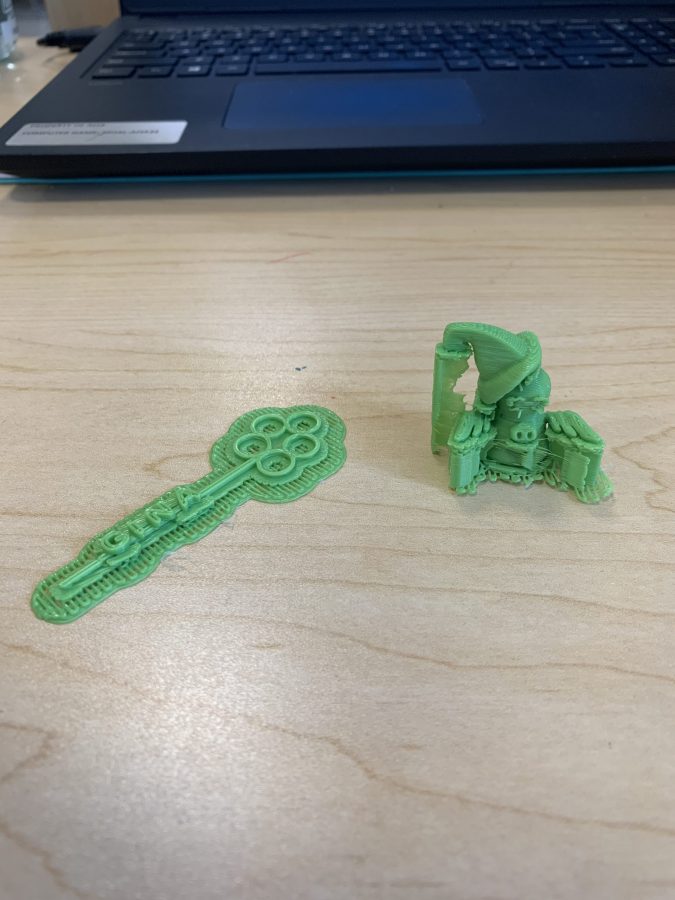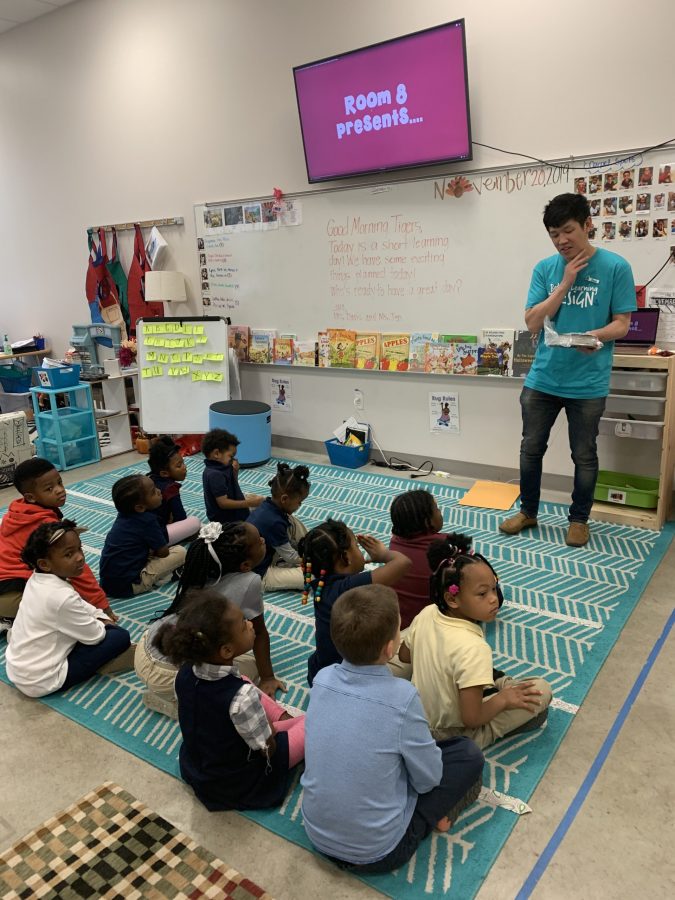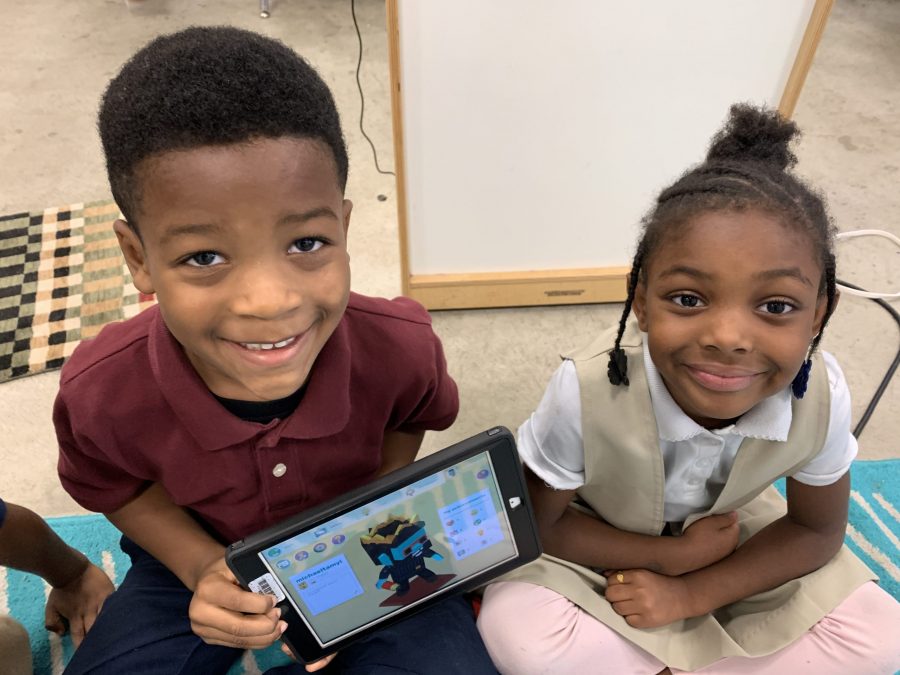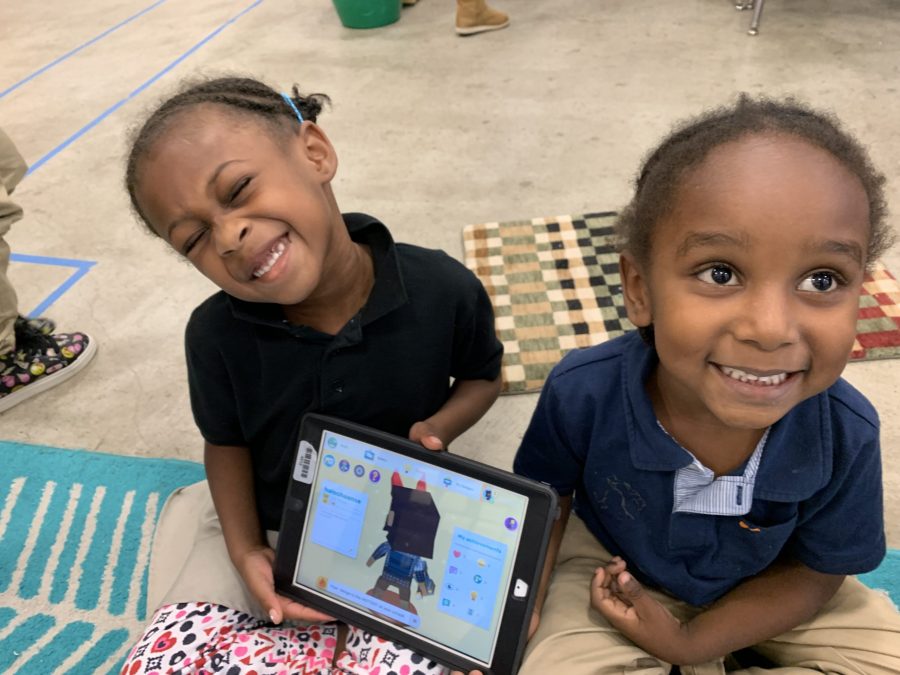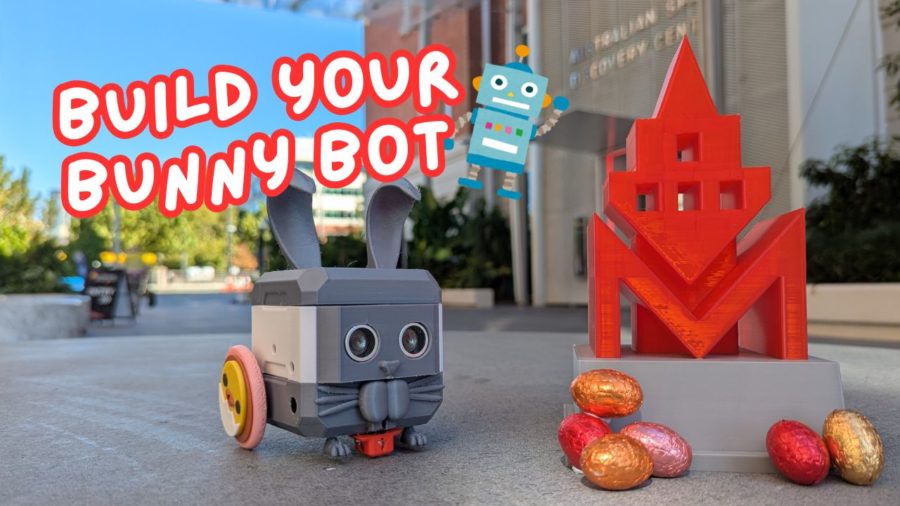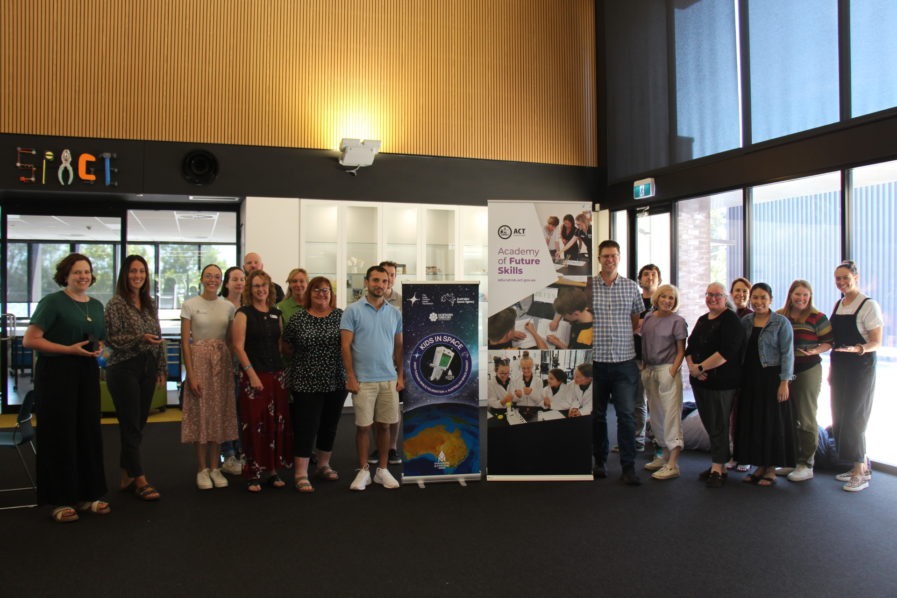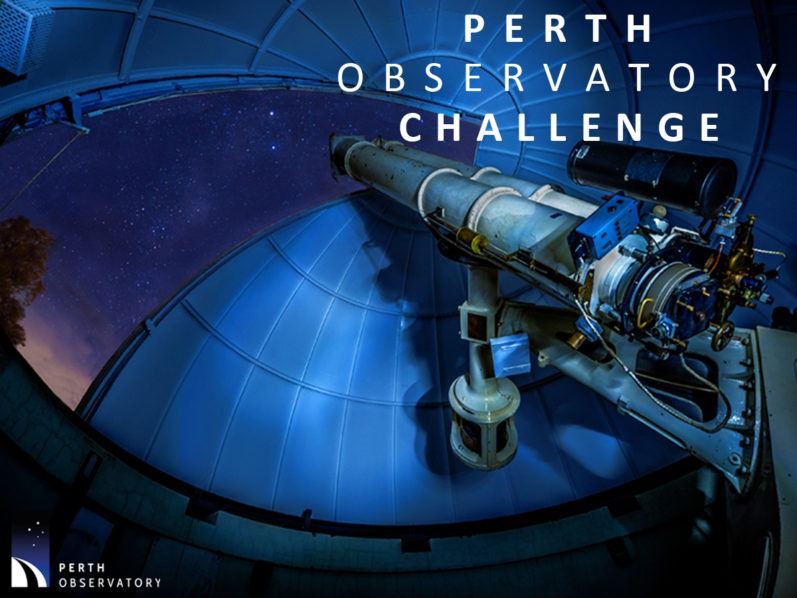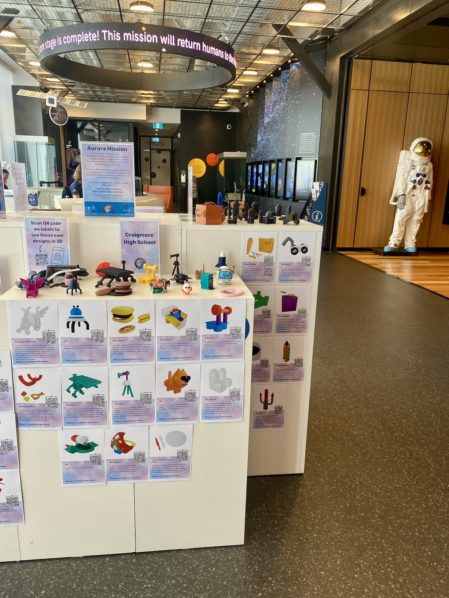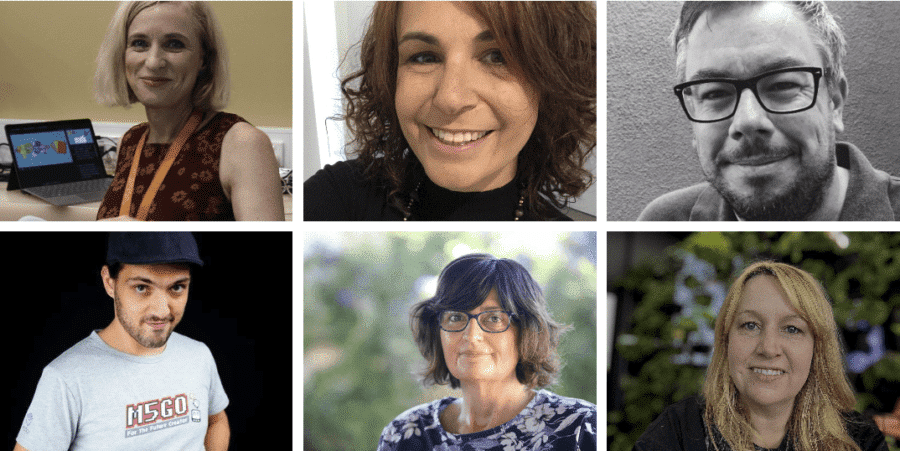Last year, Makers Empire received a LeanLab fellowship for a research pilot of our 3D learning program to develop a better, scientific understanding of how our 3D learning program might best serve American schools. In particular, we were keen to explore the efficacy of Makers Empire’s on students’ spatial reasoning skills and oral language development.
LearnLab’s six-month research pilot accelerator partnered Makers Empire with the Academy for Integrated Arts in Kansas City and with Operation Breakthrough for a living classroom pilot.
Academy for Integrated Arts (AFIA) is a public, charter elementary school serving grades Pre-K through sixth grade. AFIA is unique from other elementary schools in that students use the arts — dance, music, visual art, and theatre — as a way to learn core academic subjects. “This fusion of art with academics sparks the imagination and challenges the intellect, preparing students for vibrant, successful lives in secondary school and beyond.”
Operation Breakthrough is a before- and after-school enrichment program that serves 265 kids between Kindergarten and 8th grade. The mission of Operation Breakthrough is “to provide a safe, loving and educational environment for children in poverty and to empower their families through advocacy, emergency aid and education.” Of the families served, 80% live on less than $12,000 annually. It is located in central Kansas City and is open to all public school students.
At AFIA, the sample for this study consisted of 24 students in Mrs. Andrea Davis’ Pre-K/Kindergarten classroom. At Operation Breakthrough, the sample consisted of 10 students in Mr. Rowles’ STEM lab.
The first outcome evaluated in this study was spatial reasoning skills. Students at AFIA were given a pre- and a post-assessment, in which they were tasked with creating a house within Makers Empire. Teachers then assessed students’ spatial reasoning abilities along four indicators: 1) number of shapes a student used to make a house, 2) number of shapes a student could math with the same side of another shape, 3) number of shapes a student used in a symmetrical way, and 4) number of connecting points a student could make and identify. For each indicator, the numeric score ranged from 0 to 5.
The second outcome evaluated in this study was oral language development. Along with the spatial reasoning assessment described above, there was an oral component to the assessment. After students completed their house creation within Makers Empire, the teacher or research assistant asked each student a series of questions that the student had to respond to verbally. The questions were used to assess the extent to which a student could accurately describe and count the shapes used in their creation as well as the process they followed to create the house.
Highlights of the Research Study Results
- Overall, there was preliminary support for the first hypothesis that students who use Makers Empire will experience an increase in spatial reasoning skills. There are statistically significant increases (based on paired t-tests) in the symmetry indicator and the identifying connections indicator. Overall, students were significantly better at building a house with symmetry and were better able to make appropriate connections with the shapes.
- Overall, there was some support for the second hypothesis that students will exhibit greater oral language competency regarding spatial reasoning after using Makers Empire than before. While students improved or maintained communication skills in every category, the class, on average, improved in a statistically significant way (based on paired t-tests) in the ability to describe the sequential steps in creating a house.
Research Study Conclusion
This study showed that students who used Makers Empire experienced, on average, an increase in some spatial reasoning skills and were better able to describe the steps in the process of creating something from scratch. While the efficacy evidence was only descriptive and limited by sample size, the preliminary positive evidence this study did find lends support for a larger, more robust efficacy research study.
Jon Soong, CEO of Makers Empire, commented, “we are greatly encouraged by the findings of this research study. There is already much research showing the strong link between students’ spatial reasoning skills and their future success in a STEM career. So if we can help students improve their spatial reasoning, we can help them be more successful in STEM. We look forward to building on the findings from this research study by observing a greater number of students in a bigger research study as soon as possible.”
See further details at Leanlab Education.

